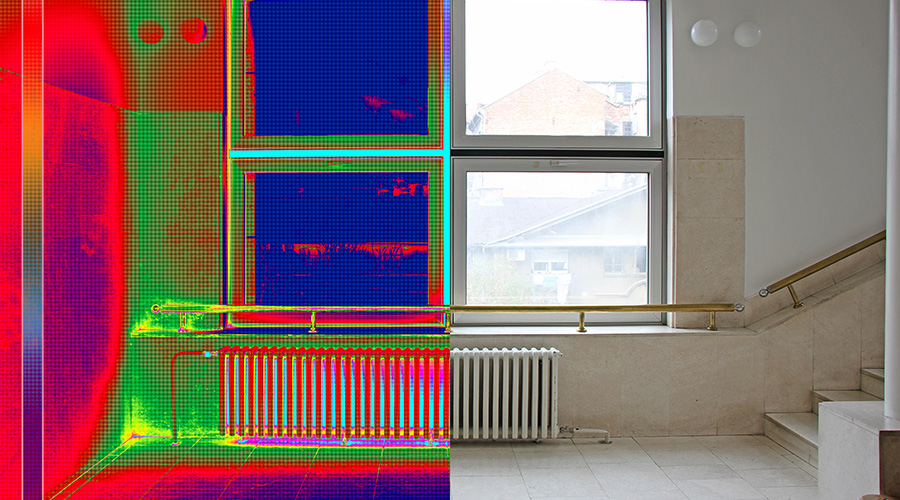Managers Generate Funding for Capital Projects
After more than two decades of working to improve the energy efficiency of their renowned campus, facility managers at Stanford University have taken a significant leap in their sustainability efforts.
Since the 1980s, Stanford has been working to cut its energy use through campus-wide building retrofits, such as an energy-efficient lighting program, HVAC upgrades, window-film installation, and the specification of variable-speed drives. These projects have been successful in saving energy and improving the bottom line, but to achieve their more ambitious long-term goals, managers knew larger, more expensive projects were on the horizon.
“We’ve always known that the next step was going to be a bigger, more complicated whole-building approach,” says Scott Gould, senior energy engineer with Stanford’s facilities operations department. “It’s a big leap to go from a $100,000 project to a million-dollar project. It’s just a whole different kind of animal. That really needed that upper-management support to make that happen.”
Senior management provided that support in 2004 with funds that allowed Stanford to launch the Capital Retrofits Program, an initiative that addresses energy use in the 12 most energy-intensive facilities — of the university’s 670 major buildings — on campus. The $15 million program focuses on nine laboratories, a museum, a computer facility, and a computer-science, mixed-use building that account for 33 percent of Stanford’s electricity use. The same 12 buildings also consume $15.3 million in energy each year.
The Capital Retrofits Program signaled a shift in Stanford’s approach to energy efficiency. After years of focusing on retrofits they could apply across all campus facilities, managers looked beyond this low-hanging fruit to identify the opportunities related to specific technologies inside their biggest energy-using buildings.
“That’s when we began to realize there are only so many of those kinds of projects that you could do,” Gould says of the smaller retrofits, such as lighting and windows. “(The capital projects) took more time because you’re only looking at one building, and you’re looking at specific controls. It’s more time consuming.”
Related Topics:
















